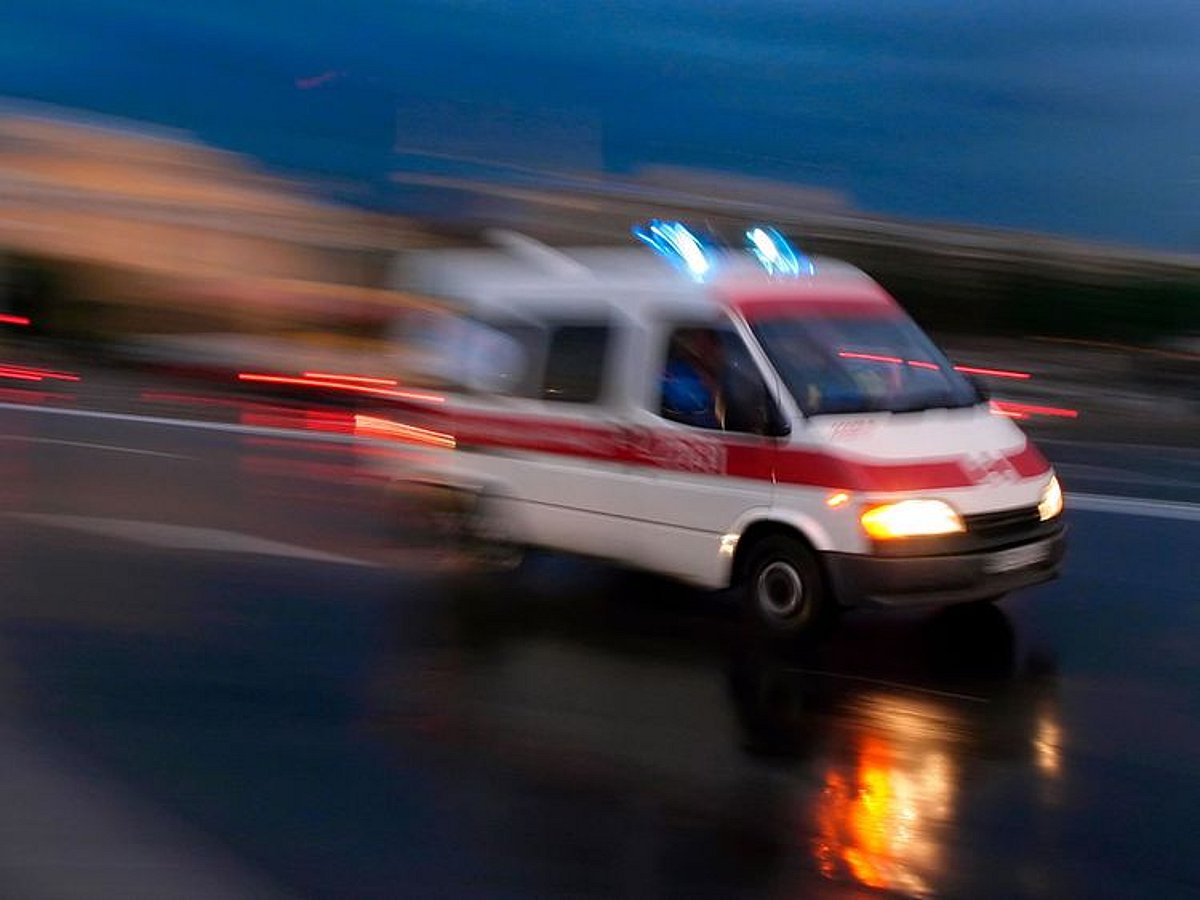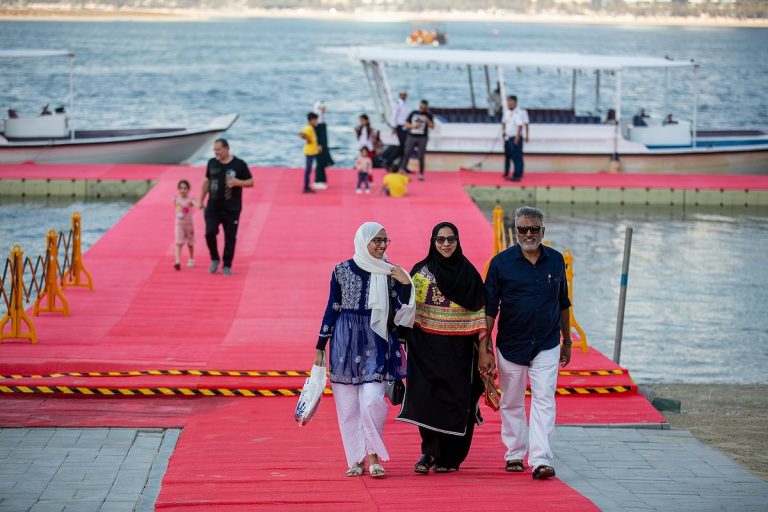Family Questions Ambulance Decision After Motorcycle Death
A recent motorcycle accident in Sharjah has raised serious concerns regarding emergency response protocols. The family of the deceased, an Emirati father of three, is questioning the decision made by the National Ambulance service to transport him to a hospital that was farther away, rather than a closer facility that could have provided immediate trauma care.
Incident Overview
The tragic event occurred on October 11 in the Al Rahmaniyah area, where the victim suffered critical injuries following a collision. Reports indicate that after the initial accident, he was struck by another vehicle. His sister, appearing on a local television program, expressed her frustration and confusion over the ambulance’s routing decision, emphasizing that Al Qassimi Hospital, known for its trauma capabilities, was significantly closer than Al Dhaid Hospital.
During her appearance on the “Direct Line” program, she questioned the rationale behind the ambulance’s choice, stating, “Why was he taken all the way to Al Dhaid? Al Qassimi Hospital is closer and is equipped to handle serious trauma cases.” She called for an investigation into whether the decision resulted in delays that could have affected her brother’s chances of survival.
Ambulance Response and Protocol
In response to the family’s concerns, Engineer Mohamed Salem Haboush, the Chief Executive Officer of National Ambulance, provided clarity on the situation. He confirmed that the accident occurred at approximately 8 AM and that paramedics found the victim with a head injury but stable vital signs. He was conscious and able to respond when they arrived.
Haboush explained that the decision-making process for ambulance routing is guided by several factors, including:
– The patient’s condition – The capabilities of nearby hospitals – Traffic conditions and travel time – Distance from the accident site
While Al Qassimi Hospital was indeed closer, Haboush noted that the congested roads leading there could have resulted in a longer transport time. In contrast, the route to Al Dhaid Hospital, which allows for higher speeds, was estimated to take around 22 minutes, making it a potentially faster option in this emergency.
Hospital Coordination
Before the ambulance departed, the dispatch team contacted Al Dhaid Hospital to ensure that trauma specialists were available to receive the patient. Haboush emphasized that this coordination is a standard procedure, ensuring that hospitals are prepared for incoming emergencies.
He also highlighted the volume of emergency calls handled by the National Ambulance service, which has responded to approximately 74,000 calls from January to October of this year. This high volume necessitates a well-organized approach to patient transport, with paramedics trained to assess and select the most suitable hospital based on real-time conditions.
Accountability and Transparency
Haboush expressed his condolences to the family, reiterating that the aim of his explanation was to provide transparency about the decision-making process rather than to evade responsibility. He acknowledged the pain of losing a loved one and assured that if any errors were found in the response, appropriate accountability would follow.
He clarified that road accident victims are typically transported to hospitals under the Emirates Health Services (EHS) or designated hospitals as part of UAE Presidential Initiatives. Private hospitals are considered only in specific circumstances, such as when insurance permits and the case is not classified as a major emergency.
FAQs
What happened in the motorcycle accident?
The accident involved an Emirati man who suffered severe injuries after colliding with another vehicle. He later died in the hospital after being transported by ambulance.
Why was the victim taken to Al Dhaid Hospital instead of Al Qassimi Hospital?
The National Ambulance service determined that, despite Al Qassimi’s proximity, the route to Al Dhaid Hospital was faster due to traffic conditions, allowing for quicker access to trauma care.
What protocols do paramedics follow in emergency situations?
Paramedics assess the patient’s condition, hospital capabilities, traffic flow, and travel time to determine the best hospital for transport, ensuring the quickest and safest route for critical care.
Conclusion
The tragic death of the Emirati man has sparked important discussions about emergency response protocols in Sharjah. As the family seeks answers, the National Ambulance service has defended its routing decisions based on established guidelines. Moving forward, it is crucial for health authorities to review these protocols to ensure that similar situations are handled with the utmost efficiency and care.
Also Read:
Road Closure for Khorfakkan Triathlon on October 26







